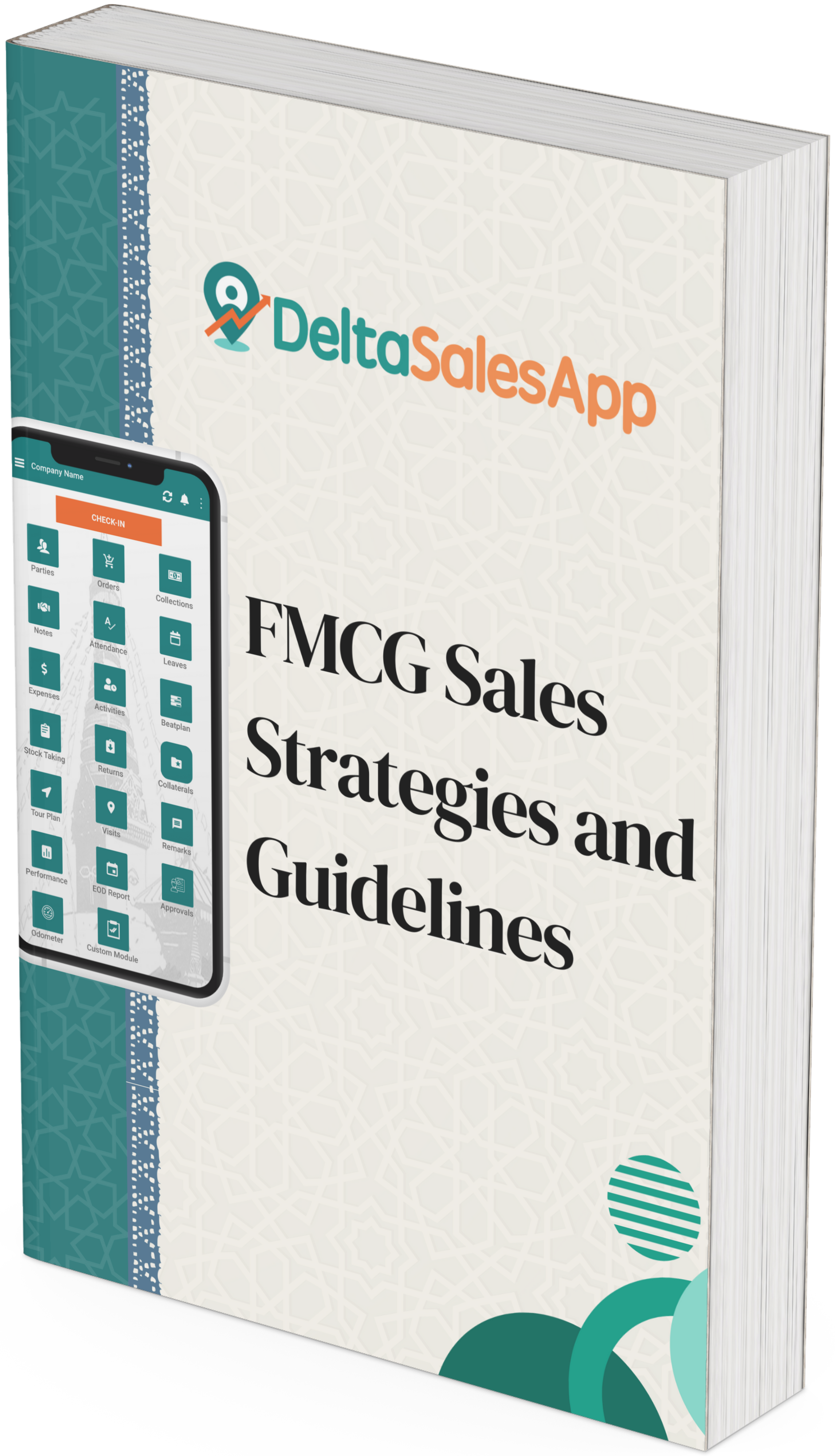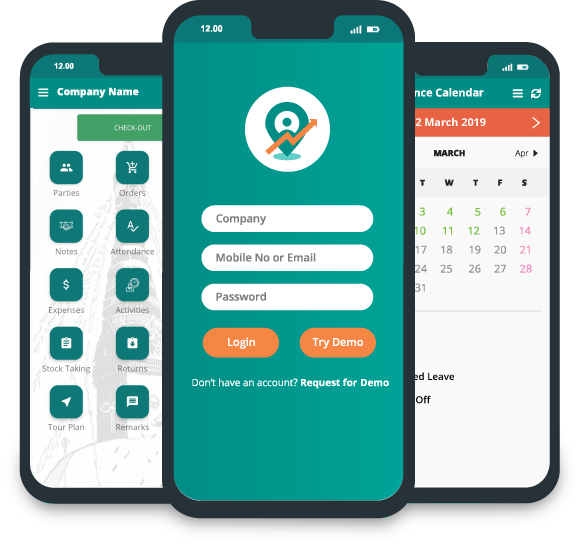Understanding Different Types of Shoppers In Modern Retail: A Guide

In the dynamic world of modern retail, knowing your customers is not just beneficial; it’s essential for success. Whether you're a promoter, supervisor, or part of a retail management team, understanding the types of shoppers in modern retail that walk through your store can help you craft personalized and effective retail sales strategies. By tailoring your approach to meet the specific needs of each shopper type, you can improve customer satisfaction, boost engagement, and ultimately increase sales.
In this blog, we’ll explore the various types of shoppers commonly found in modern retail settings, how to identify them, and the best ways to engage them. Let’s take a closer look at these different shopper profiles and how they can impact your sales strategy.
1. Curious Shoppers: The Explorers
Characteristics: Curious shoppers are typically browsing without a clear purpose in mind. They may be new to the store or simply looking for something that catches their attention. These shoppers tend to spend time exploring different sections of the store and are driven by interest rather than a defined shopping list. They might come across something intriguing, leading them to make an impulse purchase.
How to Identify:
They spend time in multiple areas of the store, often stopping to look at products without committing to buying anything.
They are generally interested in new, unique, or unfamiliar products.
How to Engage:
Strategic Product Placement: Make sure that high-visibility, new, or trending products are placed prominently throughout the store. Use eye-catching displays, clip strips, or secondary placements to draw attention to products that might interest the curious shopper.
Interactive Experiences: Engage them by offering product demos or interactive displays where they can learn more about the products. For instance, in-store events or live demonstrations can attract curious shoppers and encourage them to make a purchase.
Highlight New Arrivals: Keep curious shoppers engaged by continually updating your in-store displays with new products. This not only gives them something fresh to explore but also provides an opportunity to upsell related products.
2. Family Shoppers: The Planners
Characteristics: Family shoppers usually come to the store with a clear goal—to buy products for multiple members of the family. They tend to spend more time in the store because they are looking for a variety of items. Whether it’s groceries, household products, or clothing, family shoppers are typically more focused on fulfilling multiple needs in one trip.
How to Identify:
They often arrive with a list of items they need to purchase for their family.
They may have children with them and appear to take their time making decisions.
They often make larger purchases or buy in bulk to meet the needs of their household.
How to Engage:
Personalized Assistance: Since family shoppers tend to spend more time in the store, this presents an opportunity to engage them in a meaningful way. Offer assistance by guiding them to the right aisles or suggesting products that complement what they’re already planning to purchase.
Offer Family-Friendly Deals: Discounts on bulk purchases or family bundles can attract this type of shopper. You might also introduce loyalty programs that reward family-oriented shopping behavior.
Provide Convenience: Offer products that cater to family needs, such as larger sizes, multi-pack items, or time-saving products. The key is to make their shopping experience as seamless and efficient as possible.
3. Indecisive Shoppers: The Hesitant Ones
Characteristics: Indecisive shoppers are unsure about what they want or have difficulty making up their minds. They might pick up products, only to put them back down, or they may be torn between similar options. They are usually looking for validation or additional information before committing to a purchase.
How to Identify:
They often hesitate before making decisions and seem unsure about whether to buy a product or not.
They may ask for advice or seem overwhelmed by too many options.
How to Engage:
Offer Guidance and Support: Engage with indecisive shoppers by providing additional information about the products they’re considering. You can help them by pointing out key features, explaining benefits, or suggesting a product that better fits their needs.
Simplify the Decision Process: If they seem overwhelmed by the options available, try simplifying the choices for them. Narrowing down their options based on their preferences can make it easier for them to make a decision.
Provide Testimonials or Reviews: Shoppers who are indecisive often seek reassurance before making a purchase. Providing customer reviews or highlighting positive feedback can help them feel more confident in their decision.
4. Window Shoppers: The Casual Browsers
Characteristics: Window shoppers are not actively looking to make a purchase. They may be casually browsing or passing time, perhaps exploring the store out of curiosity or as part of a recreational activity. These shoppers are generally not motivated by any specific need but rather by the desire to explore or see what’s new.
How to Identify:
They are often seen walking through the store without any specific destination, casually glancing at products.
They typically do not make immediate purchases and may leave the store without buying anything.
How to Engage:
Create Engaging Displays: Even though they might not be planning to purchase, window shoppers can still be attracted by well-designed displays. Make your products visually appealing and position them in areas where casual browsers are most likely to see them.
Promote Special Offers: Entice them with promotions, limited-time offers, or discounts that could encourage an impulse buy. Placing these deals near the entrance or checkout counters can increase the likelihood that window shoppers will make a purchase.
Invite Engagement Without Pressure: Engage with them in a friendly, non-intrusive manner. Offer help, but don’t pressure them to make a purchase. A positive interaction can leave them with a good impression of the store, making them more likely to return in the future.
5. Impulse Shoppers: The Spontaneous Buyers
Characteristics: Impulse shoppers do not plan on making a purchase before entering the store, but they are driven to buy based on an immediate need or attraction to a product. They are often swayed by an appealing display, a product demonstration, or a persuasive salesperson.
How to Identify:
They might enter the store without a shopping list but leave with an item or two they hadn’t planned to buy.
They are often seen making quick decisions based on emotional responses rather than careful thought.
How to Engage:
Strategic Product Placement: Position attractive or high-margin products in high-traffic areas, like near the entrance, checkout counters, or end-of-aisle displays. This is where impulse buyers are most likely to make snap decisions.
Limited-Time Offers: Offer time-sensitive promotions to create a sense of urgency. Flash sales, discounts, or "buy one, get one free" deals can help prompt an impulse purchase.
Highlight Trending Items: Make sure to showcase trending or new items in prominent areas of the store. Impulse shoppers are often attracted to items that are in high demand or that they haven't seen before.
6. Shoppers with a Shopping List: The Goal-Oriented Buyers
Characteristics: Shoppers with a shopping list are goal-oriented and know exactly what they want. They typically come to the store with a set list of products to purchase, whether it’s groceries, clothing, or other essentials. These shoppers are more efficient, and their main focus is on getting what they need and leaving the store.
How to Identify:
They may have a physical or digital list in hand and focus solely on the items they need.
They tend to move quickly from one section to another, checking off items from their list.
How to Engage:
Quick Assistance: Help these shoppers by guiding them directly to the items on their list. The quicker and easier you make the process, the more satisfied they’ll be with their experience.
Avoid Overloading Them with Choices: Shoppers with a list are usually not interested in browsing additional options unless it’s relevant to their needs. Offer them recommendations only if it’s directly related to what they’re looking for.
Organize the Store Efficiently: Ensure that the layout of the store is intuitive and easy to navigate. Clear signage, well-organized aisles, and clearly marked product categories will make it easier for shoppers with a list to find what they need quickly.
Conclusion:
Understanding the different types of shoppers in your store allows you to tailor your sales strategies and create a more personalized shopping experience. Whether it's offering guidance to indecisive shoppers, creating attractive displays for impulse buyers, or helping family shoppers find everything they need, the key to success lies in adapting to their specific needs.
By engaging with each shopper type effectively, you'll not only improve their shopping experience but also boost your store's sales. It’s all about providing the right assistance at the right time and making sure your store feels welcoming and helpful to every kind of shopper that walks through your doors.









